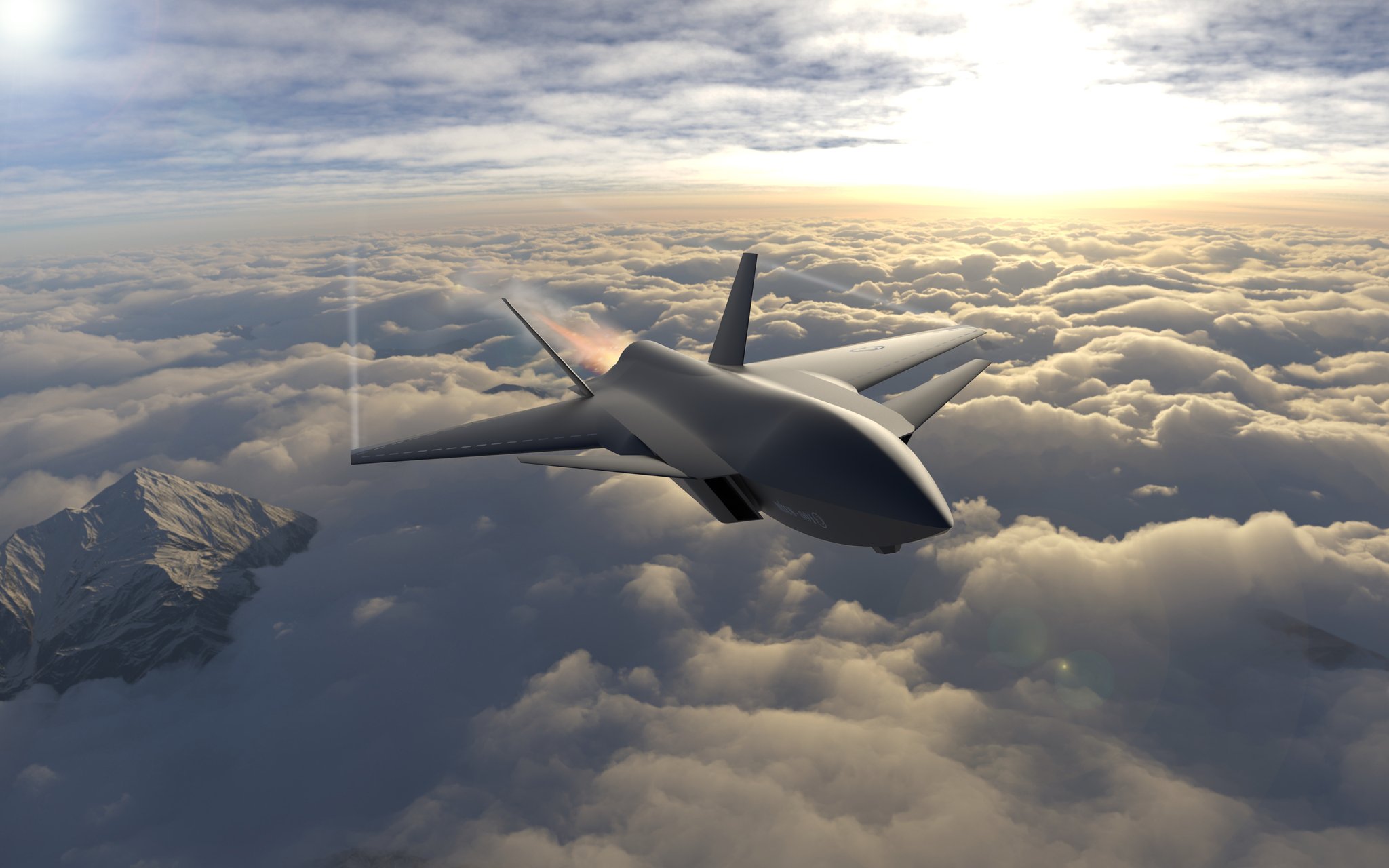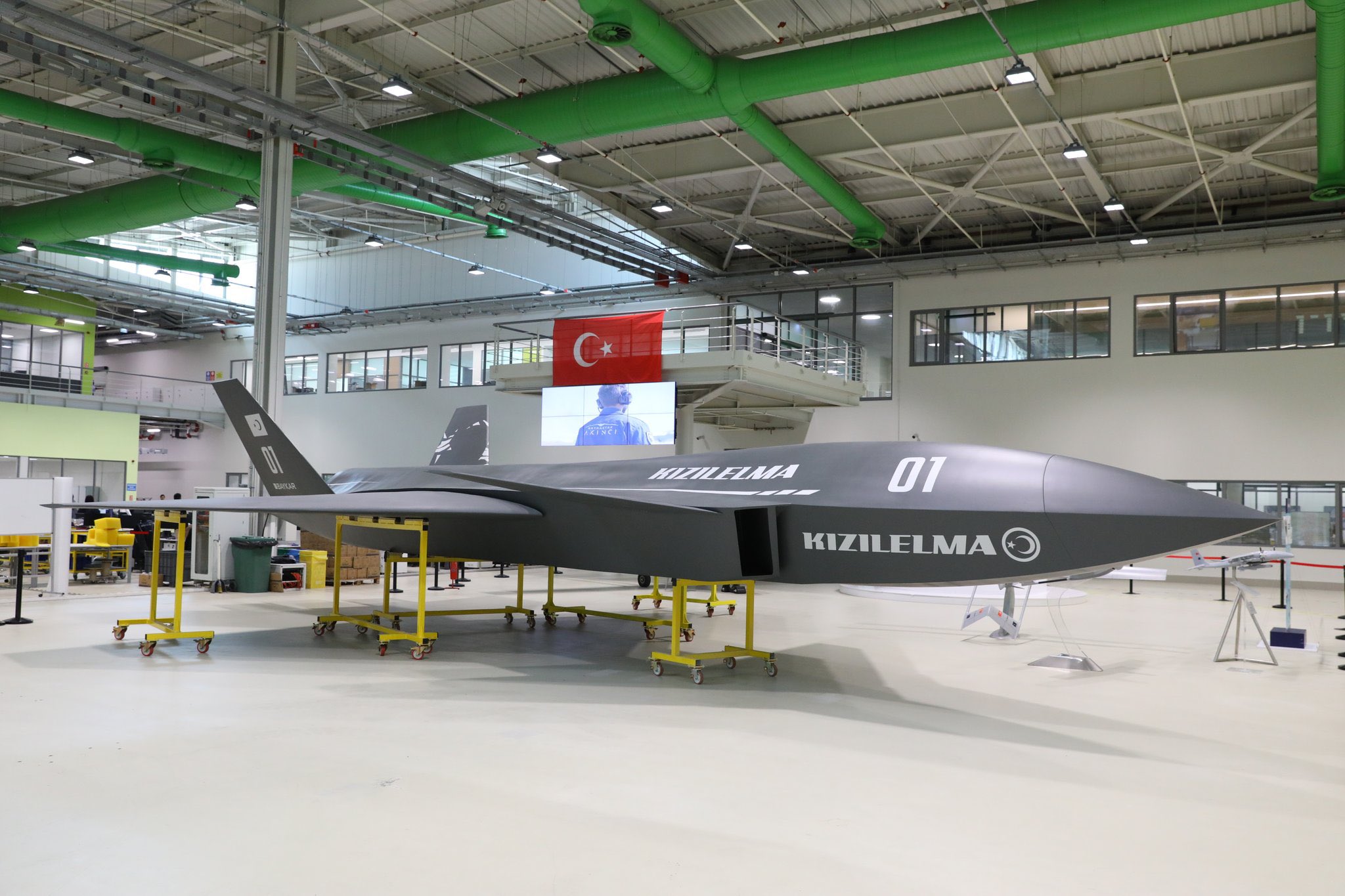Turkey was kicked out of the F-35 program in 2019 for its decision to procure Russian S-400 air defense systems. However, it has now created a combat unmanned aerial vehicle (UAV) that, in the opinion of some officials, could outperform the F-35.
In an interview, the Chief Technical Officer (CTO) of Turkey’s popular drone manufacturer Baykar Makina, Selcuk Bayraktar, said that Turkey’s Kizilelma supersonic unmanned fighter jet would outperform the American F-35 and “will be a challenge” to fifth-generation classical aviation. Russian media widely reported the statement.
“We plan to produce a supersonic version of an unmanned fighter. Kizilelma will revolutionize aviation; it can be used in aerial combat against classic combat aircraft. Perhaps, after the drone’s first flight, it would be wrong to compare it with aircraft used in many countries, but when it is fully ready, it will surpass the same F-35 in several respects,” Bayraktar said.
He further noted that the Kizilelma is a fifth-generation fighter, just like the F-35 of the United States, but the one significant difference between the two aircraft is that the Kizilelma is piloted remotely.

It is pertinent to note that the statement comes days after Turkey conducted the maiden flight of the brand-new Kizilelma on December 14. “Today marks the maiden flight of Bayraktar #KIZILELMA, our unmanned fighter jet,” Bayraktar, the technology executive, said in the video. “Our country has stepped into the domain of unmanned fighter aircraft, which is ushering the future of air warfare.”
Selcuk Bayraktar’s statement is symbolically significant, as Turkey was an early participant in the F-35 program and contributed financially to the aircraft’s development.
It was supposed to buy 100 F-35A models. However, Ankara’s decision to purchase the Russian S-400 air defense system triggered fears that the system might be used to acquire information about the F-35 for Moscow. Turkey, thus, was expelled.
It may be worth noting that Turkey has on several occasions notified the United States that it remains invested in talks to revive the F-35 deal.
However, last year, the House Armed Services Committee chairman said that Turkey was not returning to the consortium. The clarification put to rest all speculations regarding welcoming Turkey back into the F-35 program, which, some believed, would encourage the NATO country to accept Sweden and Finland’s entry into the alliance.
Milli Muharip Uçak… pic.twitter.com/lnBl8cH5HK
— Turkish Defence Agency (@tdefenceagency) January 8, 2023
Currently, Turkey is developing its fifth-generation fighter jet, codenamed TF-X, which will replace the aging F-16 fighters in its fleet. On January 8, the Turkish Defense Agency published a photo showing the progress of the prototype, which is expected to be unveiled in March this year.
It is, thus, intriguing that Selcuk Bayraktar compared an unmanned next-generation aircraft with a fully manned fifth-generation aircraft like the F-35.
Kizilelma Vs F-35 Lightning II
The National Unmanned Combat Aerial Vehicle System (MIUS), codenamed Kizilelma (Red Apple), is an incredibly important and strategic project by Baykar, whose combat drones have already garnered significant global interest.
Turkish drones like TB2 have already proved their combat prowess in Ukraine and Azerbaijan conflicts, creating even more interest in the next-gen Kizilelma.
According to the manufacturer, the unmanned fighter jet is expected to conduct a wide range of military operations, including close air support (CAS), missile strikes, suppression of enemy air defenses (SEAD), and destruction of enemy air defenses (DEAD).
In contrast, the F-35, manufactured by American defense contractor Lockheed Martin, is a fifth-generation manned aircraft with advanced stealth capabilities. It is a multi-role fighter capable of successfully executing SEAD/DEAD operations, strategic attacks, Close Air Support, Air Superiority, ISR, and Electronic Warfare, among others.

The Turkish Kizilelma unmanned aircraft is anticipated to fly for 5 hours and travel at up to 800 kilometers per hour, or Mach 0.64. With a maximum take-off weight of 6 tons, the drone is planned to have a 1,500-kilogram payload capacity. According to the manufacturer, a supersonic aircraft variant will also be developed.
With a top speed of Mach 1.6, the F-35 is a long-range, supersonic fighter, even with a full complement of internal weapons and fuel. The aircraft has a very low radar signature and the capability to carry weapons internally and externally.
Unlike a drone, it can fly for longer distances at a time. Some countries, like Israel, have also successfully extended their range. According to Aerotime Hub, the Kizilelma is similar to several unmanned aircraft designs currently under development, such as the US-made Kratos XQ-58 Valkyrie and Russia’s Sukhoi S-70 Okhotnik.

The Turkish drone appears to be very promising. For instance, according to Baykar, Kizilelma will be managed by a satellite using the SATCOM antenna. It is propelled by Ivchenko-Progress of Ukraine’s AI-322F turbofan engines.
The aircraft will be equipped with Aselsan-built AESA radar and be able to fire domestic Bozdogan and Gokdogan air-to-air missiles. The future unmanned aircraft will be fitted with Roketsan-made MAM family guided bombs for small attack missions and SOM-J cruise missiles with a range of more than 250 kilometers for surface warfare.
The drone has been built to land and take off on short runways because it is anticipated to be carrier-capable. The TCG Anadolu amphibious assault ship, now conducting sea trials, will eventually serve as its operational base.
Interestingly, before Turkey’s expulsion from the Joint Strike Fighter program for purchasing Russian S-400 missile systems, the TCG Anadolu was anticipated to carry F-35B fighters built in the US.
- Contact the author at sakshi.tiwari9555 (at) gmail.com
- Follow EurAsian Times on Google News




